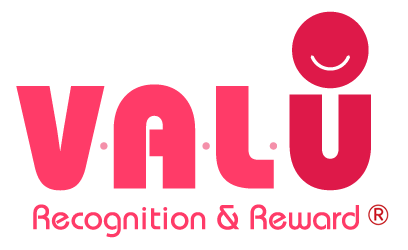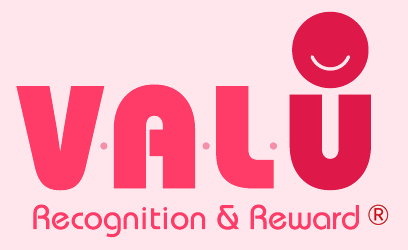Making work more fun. How Gamification Enhances Recognition
Employee engagement is a critical factor in workplace productivity, retention, and overall company success. Yet, traditional reward systems often lack the dynamic appeal needed to inspire and sustain motivation. Enter gamification—a powerful tool that transforms the way businesses recognise and reward employees by integrating game-like elements into everyday work.
What is Gamification?
Gamification applies principles from game design—such as points, challenges, leaderboards, and rewards—to non-game environments like the workplace. By tapping into natural human instincts for competition, achievement, and recognition, gamification makes routine tasks more interactive and enjoyable.
The Psychology Behind Gamification
People are naturally driven by competition, status, and rewards. Gamification leverages these motivations by:
- Providing Instant Gratification – Employees receive immediate feedback through points, badges, or progress indicators.
- Encouraging Healthy Competition – Leaderboards and rankings create a sense of challenge and accomplishment.
- Enhancing Goal Achievement – Clear milestones keep employees focused and engaged.
- Boosting Social Interaction – Recognitions, team-based rewards, and collaborative challenges foster a sense of community.
How Gamification Enhances Employee Rewards
- Recognition with a Fun Twist
As well as the standard “Employee of the Month” program, gamified recognition platforms allow employees to earn points for positive actions, which can be redeemed for rewards like gift cards, extra time off, or exclusive experiences.
- Personalised Reward Experiences
Not all employees are motivated by the same rewards. Gamification allows for customisable rewards based on personal preferences, ensuring greater engagement.
- Encouraging Continuous Engagement
Traditional annual or quarterly bonuses are great, but gamification fosters ongoing engagement. Employees can accumulate achievements over time, keeping them motivated year-round.
- Encouraging Well-being and Productivity
Gamification isn’t just about rewards—it can also promote employee well-being. For example, employees can earn points for completing health challenges, participating in wellness programs, or supporting teammates.
Real-World Examples of Gamified Employee Rewards
- Sales Performance Leaderboards – Sales teams often thrive on competition. Creating leaderboards with real-time tracking can drive performance and encourage peer recognition.
- Peer-to-Peer Recognition Badges – Employees can give digital kudos to colleagues for collaboration, innovation, or teamwork.
- Wellness Challenges – Step-tracking competitions or mindfulness streaks can incentivise employees to prioritise health.
- Skill Development Rewards – Employees can unlock levels or earn certifications for completing training modules, fostering continuous learning.
The Future of Gamification in Employee Engagement
With advancements in AI and analytics, gamified reward systems are becoming more sophisticated. Companies are now integrating data-driven insights to personalise engagement strategies, ensuring employees feel recognised in ways that truly matter to them.
Conclusion
Gamification in employee rewards isn’t just about making work fun—it’s about creating a more engaging, motivated, and high-performing workforce. By incorporating elements of play into recognition and rewards, companies can foster a culture where employees feel valued, motivated, and excited to contribute.
Incorporating gamified employee reward solutions like VALU ensures that recognition is meaningful, well-timed, and aligned with company values. Want to boost employee engagement in your organisation? It might be time to start playing the right game!

